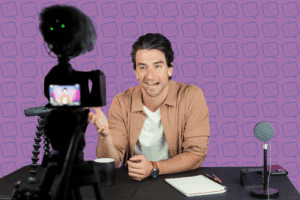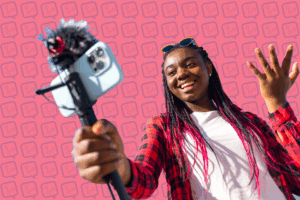Three Types of Sponsorships Creators Should Know About

For many creators, negotiating deals with brands can be nerve-wracking. It is difficult to know how much to charge, structure deals, and ensure you set yourself up for a long-term partnership. In this article, I hope to share three standard deal types you should know about before negotiating with a brand. By understanding these deal types, you should be able to co-create a mutually beneficial partnership with any brand.
1. Upfront Deals:
The first type of deal, the “upfront” deal, is one in which a creator is paid a guaranteed amount upfront in exchange for the creation and publication of content. These deals are straightforward and generally priced based on the expected exposure or views a piece of content will generate in the first 30 days after publication. For example, with YouTube ads, rates are based on a CPM (Cost Per 1,000 Impressions) model based on the views the video is expected to generate. So if you generate 10,000 views on a video, and you are paid a $75 CPM you can expect to earn about $750 for a sponsored shoutout. There are ways to increase these rates by agreeing with a brand to align your content topic with the brand partnership, creating an exclusive partnership that bars you from working with competitors, etc.
2. Affiliate Deals:
The second most common deal type, the “affiliate” deal, is one in which the creator is paid based on the number of new customers generated through a specific tracking URL. Affiliate deals can be great for creators because they generally produce more money for creators in the long term; they give creators more creative freedom over the content because the brand is not paying up front, and they reduce the amount of time spent negotiating because the affiliate rate is generally a compensation model the brand is very comfortable with accepting. The downside is your audience may not be interested in the product or service you are promoting, and you end up generating less revenue than you would with an upfront deal.
3. Hybrid Deals:
My favorite deal type is the hybrid deal. In a hybrid deal, you can take the best of the upfront deal type and combine it with the best of the affiliate deal type. Hybrid deals have a guaranteed payment component for creating the content and an affiliate bonus based on the number of new customers generated through the respective tracking URL. It might look something like this: $1,000 paid upfront for creating the content and $100 for each new customer generated through the respective tracking URL. Hybrid deals give creators the comfort of knowing they will have a reasonable price floor if their audience does not find the product interesting. Still, it also gives the creator considerable upside if the product resonates with the audience and they buy many products through the tracking link. So if a brand offers you an upfront or affiliate deal, consider countering with a hybrid deal to align both parties’ goals and the ability to share in the upside.






